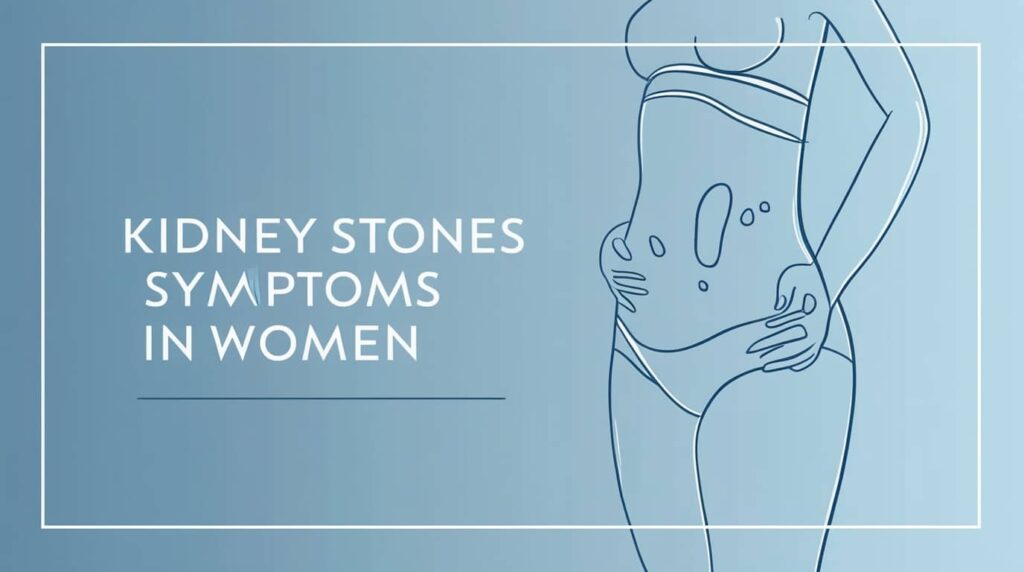One of the most widespread infections that affect women is urinary tract infections. It can affect women at any age, but postmenopausal and pregnant women are more likely to suffer it. A urinary tract infection (UTI) is commonly associated with vaginal infections and is frequently brought on by bacteria that originate in the last segment of the digestive tract. Because of the anatomy of the female lower urinary system and its proximity to the reproductive organs, women are considerably more vulnerable to UTIs than males.
What Causes a UTI in a Woman?
- Because the female urethra is shorter than the male, bacteria cannot enter the body as far.
- Moreover, considering the frequency of vulvar vestibulitis and vaginitis, it opens into the vulvar vestibule, which is also very prone to infections. In this instance, the natural vaginal microbiota is frequently interfered with by sexual activity and excessive use of personal hygiene products.
- Conversely, the proximity of the anus promotes the colonization of the reproductive organs as well as the distal urinary system by Streptococcus species, Enterococcus fecalis, and Escherichia coli.
- Other distinctive periods that are characterized by recurrent UTIs are pregnancy and the neonatal period.
What Are the Symptoms of UTI?
- Pain in the suprapubic area, pain during urination with or without frequency, or obvious haematuria are the typical symptoms of lower UTIs.
- Symptoms of an upper urinary tract infection (UTTI) can include fever (>100°F), chills, nausea, vomiting, discomfort at the costovertebral angle, and nausea, with or without cystitis symptoms.
- Fever is typically linked to more complex types of UTIs and is uncommon in lower UTIs.
What About the Asymptomatic Uti? How Could It Be Diagnosed?
- Urinalysis findings are used to diagnose asymptomatic UTIs, so careful sample collection is essential.
- The primary criterion used in UTI diagnosis is leukocyte (WBC) count; a count of more than 10 leukocytes/mm3 indicates infection. The threshold is higher in pregnant women (> 20 leukocytes/mm3).
- Urine sediment bacterial growth and many mucus strands may be misdiagnosed as a result of sample contamination by vaginal secretions, including lactic acid bacteria and mucus, that can occasionally lead to an incorrect diagnosis of proteinuria.
- Red blood cells from periods, postpartum hemorrhage, or any other uterine bleeding may contaminate the sample.
- A thorough history and a more organized repeat analysis are required in these situations.
- A urine culture might be applied to support or reject a UTI diagnosis. To prevent contamination, the culture sample should be taken in a sterile container, ideally from the first urine sample of the morning.
- The presence of ≥ 105 colony forming units per milliliter (CFU/mL) indicates the existence of an infection.
What Is a Complicated UTI?
A complicated UTI is an infection with a greater likelihood of being unresponsive to therapy. Usually, such conditions will require longer treatment regimens, several medications, and perhaps extra diagnostics. It is also associated with a much higher risk of clinical repercussions and a wider variety of bacteria as the etiology.

Symptoms of Complicated UTI
The symptoms of a complicated UTI include all of the previously listed symptoms of a simple UTI, in addition to fever, chills, flank pain, sepsis from a urological source, symptoms of cystitis lasting longer than seven days, permanent suprapubic discomfort, known multiple antibiotic resistance, acute mental status changes (particularly in older adults), and high-risk patient populations (pregnancy, immunocompromised state, renal transplantation, abnormal urinary function). Uncommon presenting features (delirium in the elderly), symptoms resembling an acute abdomen, triggers for diabetic emergencies (diabetic ketoacidosis), and even the absence of symptoms (asymptomatic bacteriuria in pregnancy) can all be signs of complicated UTIs. Undifferentiated sepsis or even septic shock can be symptoms of severe, complicated UTIs.
List of Five Bacteria That Can Cause UTI Infection
Escherichia coli, Enterococcus, Klebsiella, Pseudomonas, and other Enterococcus or Staphylococcus species are among the most common bacteria.
Klebsiella and Escherichia coli are both of the most commonly encountered of them. Candida can also colonize individuals receiving inpatient therapy, diabetics, people with catheters that are embedded, and people with compromised immune systems.
Simple UTIs are mostly caused by E. coli and maybe Klebsiella. A wider range of organisms are typically responsible for complicated UTIs, which is noteworthy because multidrug resistance is rising and necessitates different antibiotic regimens.
Can UTI Be Transmitted From Woman to Man?
Sexual partners do not transfer the bacteria to one another when they have a UTI. Additionally, a female patient’s sexual partners won’t often require medical treatment. Rather, sexual activity introduces bacteria into the urethra, which raises the risk of UTIs. Thus, until symptoms subside, partners ought to stay away from having any sex to minimize risks.
What Is the Best Antibiotic for Urinary Tract Infection?
First-generation nitrofurantoin, especially, and cephalosporins, Fosfomycin, and sulfamethoxazole/trimethoprim are among the first-line treatments for both simple as well as complicated UTIs. Pivmecillinam is likewise regarded as a first-line therapy outside of the United States.
What About the Non-antibiotic Therapy?
In mild cases, drinking lots of water and avoiding liquids that irritate the urinary bladder (such as alcohol and caffeinated drinks) might help in preventing and treating UTIs. Water plays a part in the removal of the body’s waste while conserving vital nutrients and electrolytes.
It has also been proposed to use cranberries (juice, tablets, extract), and there is evidence of their effectiveness; however, some of the research is confusing.
Evidence indicates that D-mannose, when taken as preventive therapy, may offer some benefits.
When atrophic vaginitis is present in postmenopausal women, estrogen vaginal cream used twice a week can be beneficial.
Read Also: Kidney Stones Symptoms in Women
Summary
UTIs can affect women of any age, although they are most common in postmenopausal and pregnant individuals. It is commonly associated with vaginal infections and is often brought on by bacteria that originate in the last part of the digestive tract. The time frame of antibiotic therapy should be kept to a minimum; the precise dosage and timing of treatment should be determined by the form of infection. Based on behavioral treatments and immune system modulation, non-antibiotic prophylaxis is advised as the initial line of treatment for recurrent urinary tract infections.
References
- Czajkowski, K., Broś-Konopielko, M., & Teliga-Czajkowska, J. (2021). Urinary tract infection in women. Przeglad menopauzalny = Menopause review, 20(1), 40–47.
- Kaur, R., & Kaur, R. (2021). Symptoms, risk factors, diagnosis and treatment of urinary tract infections. Postgraduate medical journal, 97(1154), 803–812.
- Bono MJ, Leslie SW, Reygaert WC. Uncomplicated Urinary Tract Infections. [Updated 2023 Nov 13]. In: StatPearls [Internet]. Treasure Island (FL): StatPearls Publishing; 2024 Jan-.







